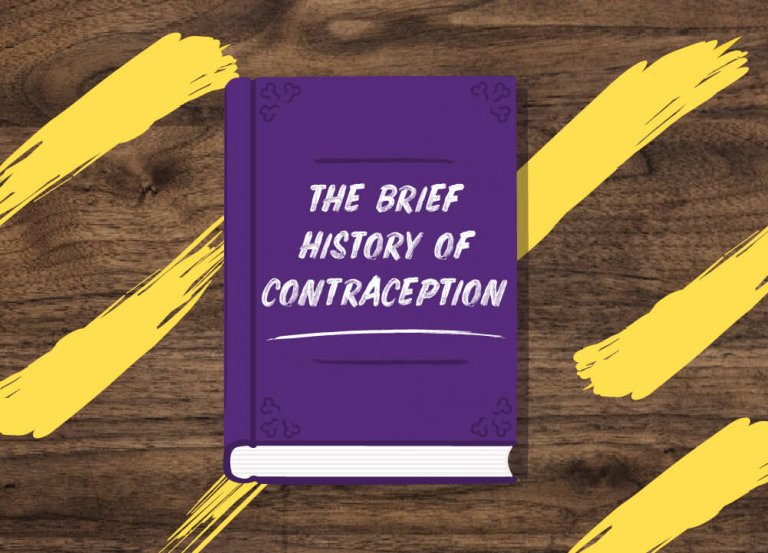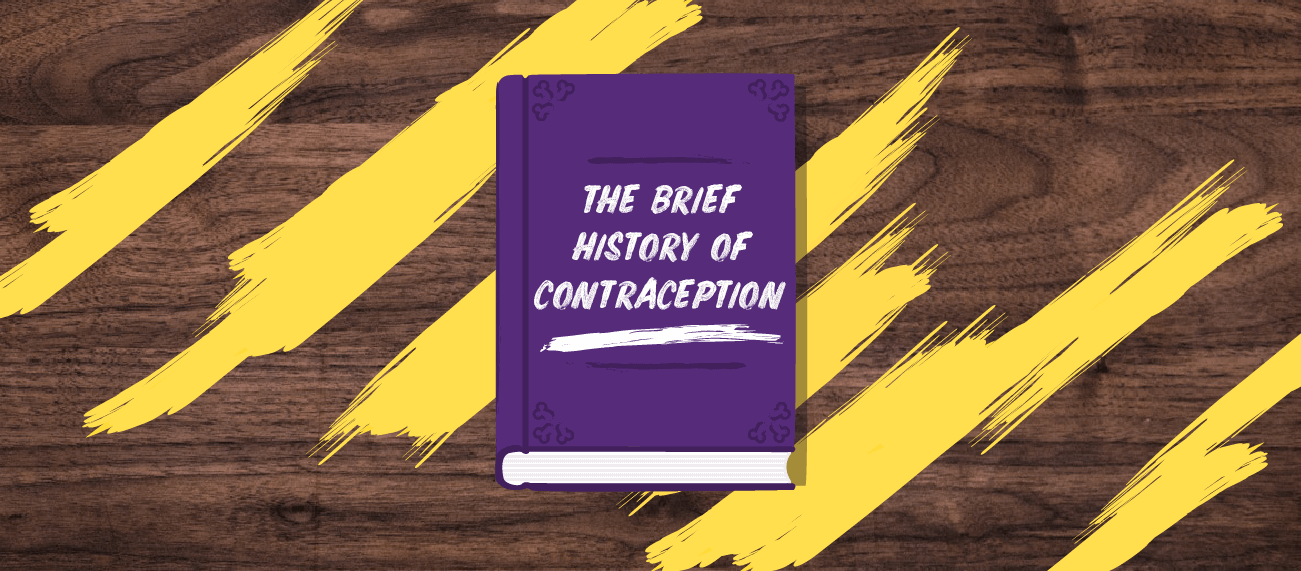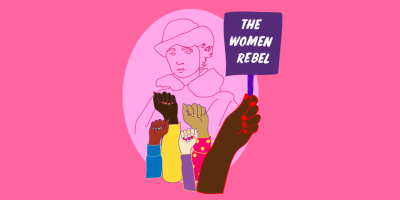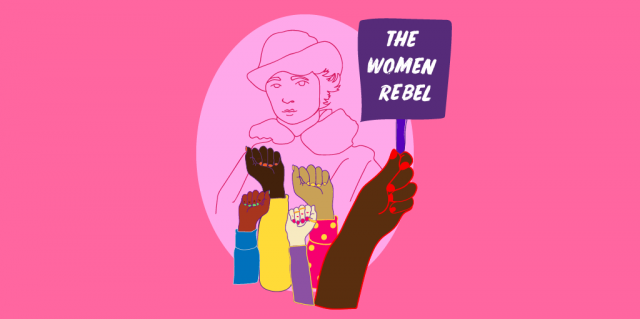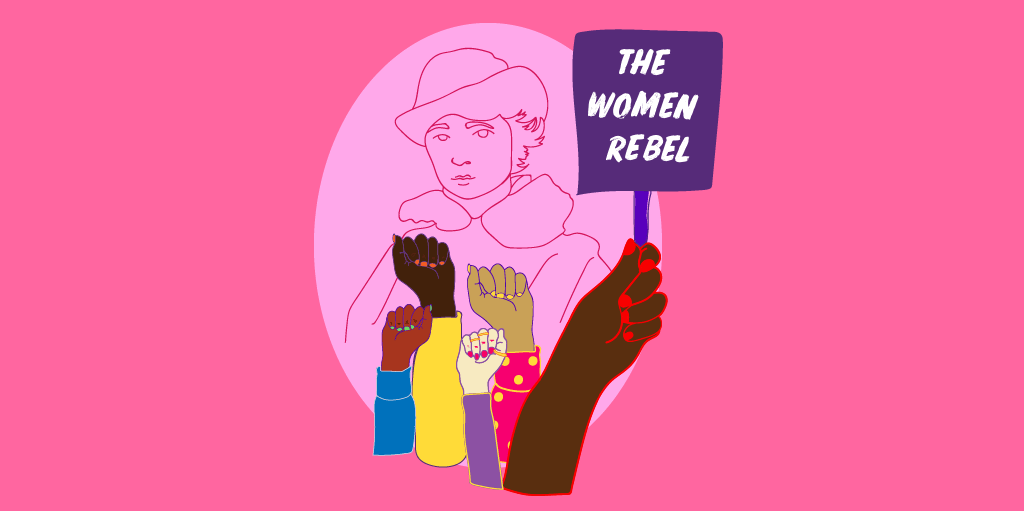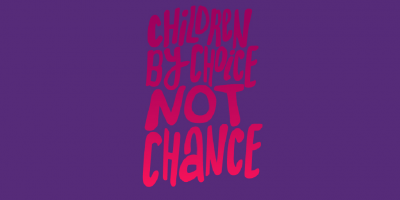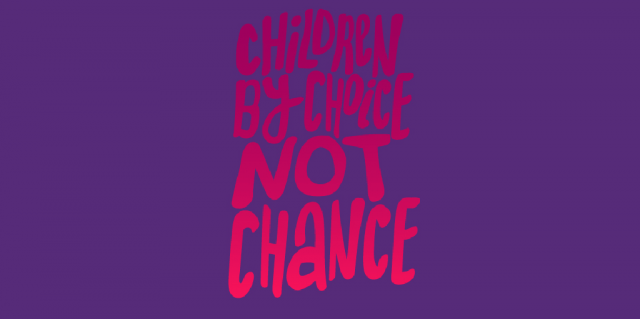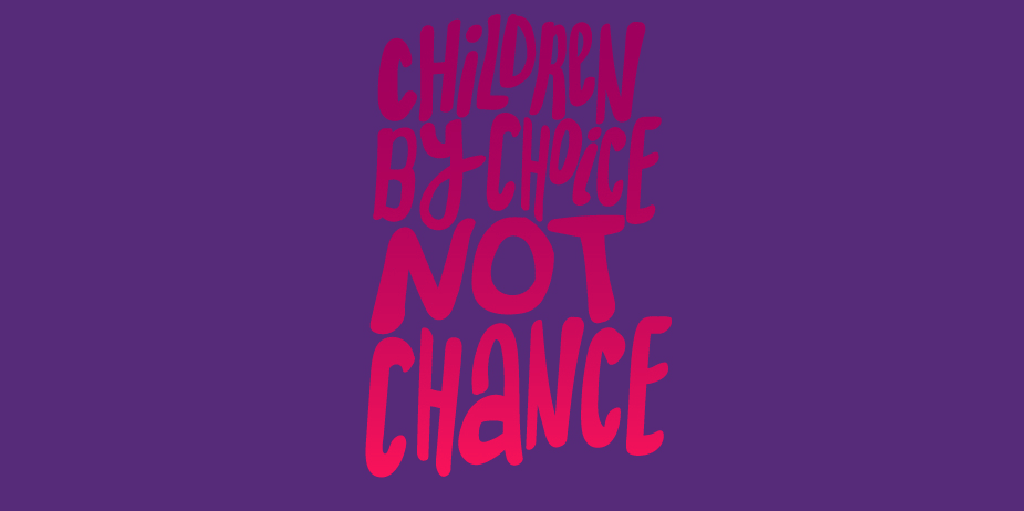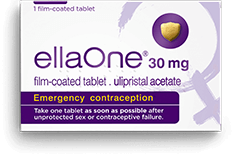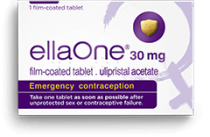Imagine a world without contraception; no pill, no condoms, no emergency contraception. What does your life look like?
We’re going on a journey through history to celebrate how birth control and the morning after pill have given women the power to decide what happens to our bodies.
Early Methods Of Contraception
What do crocodile dung, weasel testicles and lemons have in common? They were all used as early contraceptive methods.
In Ancient Egypt, women would mix a bizarre paste made out of sodium carbonate, honey and crocodile dung and insert it into their vaginas before having sex. Women in medieval Europe wore weasel testicles around their necks or thighs as an inventive, fashionable, and – of course – highly unsuccessful method of birth control.
Jumping backwards seven times, drinking beaver testicle tea and using lemons as a (very unpleasant) diaphragm are just some of the methods our ancestors used to prevent pregnancy. Personally we think any of these would kill the mood, but there you go.
The First Condoms
Condoms have been around for a long time; ancient cave paintings appear to show men wearing condom-like objects during sexual intercourse.
Most women (especially vegetarians) don’t want animal intestines anywhere near their privates, but condoms made out of animal bladders and intestines were in vogue since ancient times and readily available at local chemists, pubs and markets in the 17th Century.
In order to combat a syphilis epidemic, linen condoms soaked with chemicals became popular in the late 1500s. Thankfully, the first reusable rubber condom design was created in 1855 by American inventor Charles Goodyear.
Anti Obscenity Backlash
Anthony Comstock, a postal inspector, politician and ‘moralist’, campaigned against ‘obscenity’ and, in 1873, spearheaded the Comstock Act which banned the spread of contraceptive information in the USA.
After the Comstock Act even DOCTORS were not allowed to give information about birth control. Thanks a lot Comstock.
Comstock’s hateful campaign was overturned by American nurse and activist Margaret Sanger. Sanger launched a revolutionary newsletter called The Woman Rebel, to give women information about contraception.
Sanger had to serve a 30 day jail sentence, but it eventually led to the Comstock Act being repealed in 1938, after which ‘womb veils (i.e. diaphragms – but veils sound way more fancy) became available.
Birth Control In The UK
The first UK birth control clinic was opened in 1921. By 1930, there were five birth control societies in the UK who advocated “children by choice, not chance” and by 1939 there were 65 family planning organisations nationwide.
Hormonal contraceptive pills were first prescribed in America in 1956, but only to those with ‘menstrual disorders’ (i.e. irregular periods).
The first contraceptive pill was licensed in the UK in 1961 but was reserved for married women. A proposal to extend it to unmarried women was rejected in 1965, and not approved until a decade later in 1974.
Maggie Andrews, Professor of Cultural History at the University of Worcester and co-author of The History of Women in 100 objects, says: “For many women, married or single, the pill reduced the association between sex and anxiety about pregnancy.”
And it only took a few thousand years and many weasel testicles! Woohoo!
The Brief History of Emergency Contraception
The pill was an amazing breakthrough for women. But of course, it isn’t 100% effective, and women felt there should be a backup option in case of unprotected sex or contraception failure. Enter another method of contraception designed to empower women to take control of their sex lives: the morning after pill.
Emergency contraception wasn’t licensed in the UK until 1984. Chemists had been working on it since the ‘70s, but early pills were very high in oestrogen and came with potentially harmful side effects. After years of research, the morning after pill has been much-improved by lower doses of hormones and improved tolerability. In 2001, emergency contraception became available to buy over the counter in UK pharmacies.
Clinical trials have shown that no other morning after pill is more effective than ellaOne after a woman has had unprotected sex and when she is at the highest risk of pregnancy.
Let’s Celebrate Contraception
Access to reliable contraception changed everything, but there is still work to do. As Maggie Andrews reminds us, over 200 million women across the world still do not have access to the pill or other means of birth control.
For those of us lucky to have access to contraception, we’ve come a long way from crocodile dung and lemon diaphragms, but even today there is still a lingering stigma around contraception and emergency contraception in particular.
We at ellaOne want to break the stigma and encourage women to talk openly and honestly about female sexuality and experiences with birth control. If you agree, why not join the conversation and help us end the lingering shame associated with the morning after pill. #MyMorningAfter
ellaOne® 30mg film-coated tablet contains ulipristal acetate and is indicated for emergency contraception within 120 hours (5 days) of unprotected sex or contraceptive failure. Always read the label.
By: Sophia Moss
